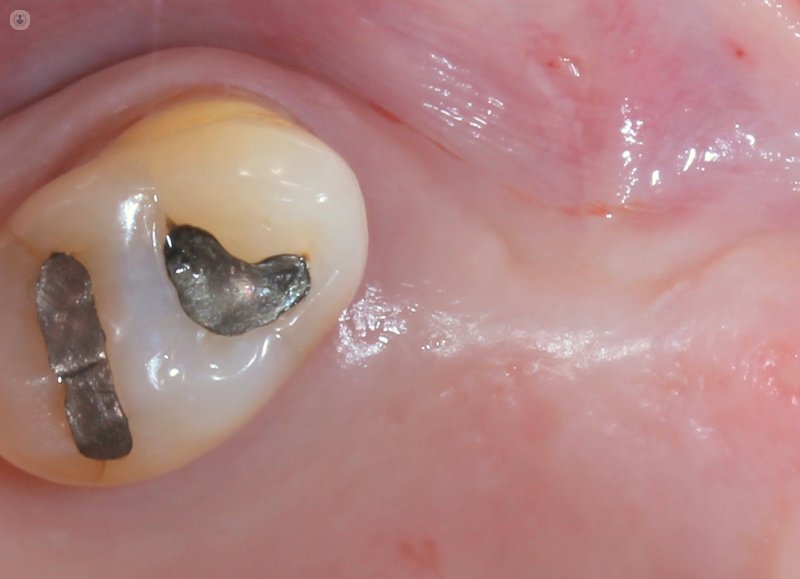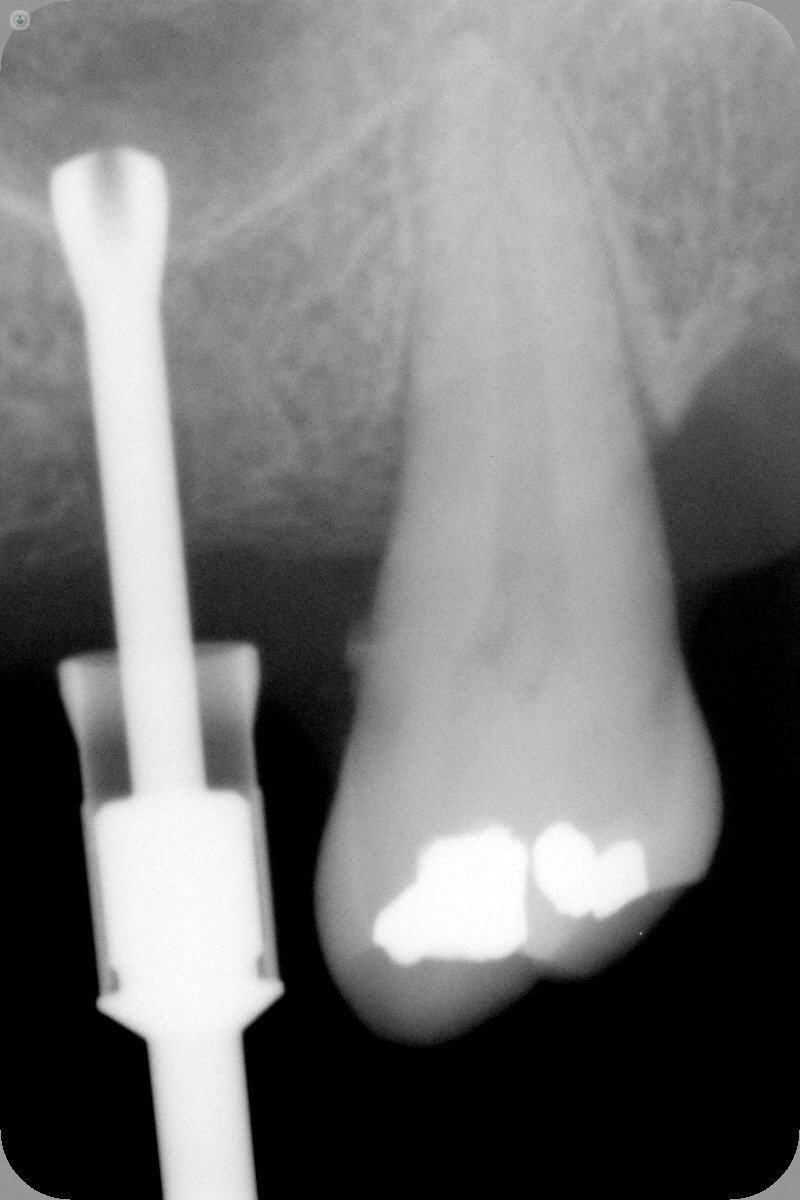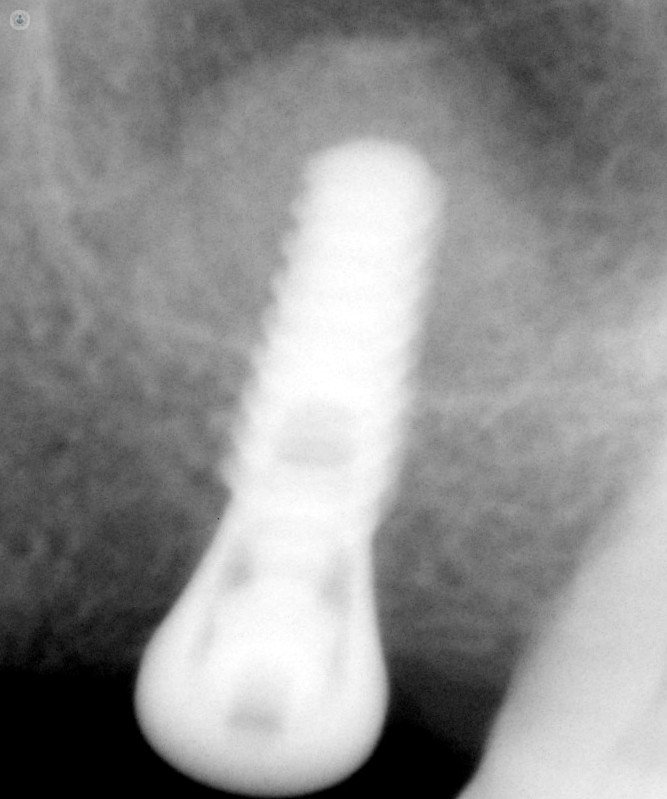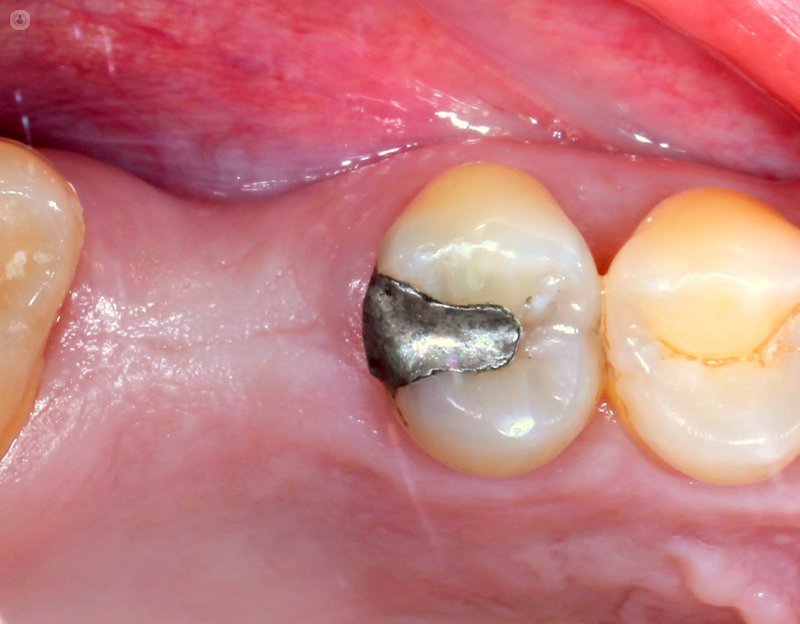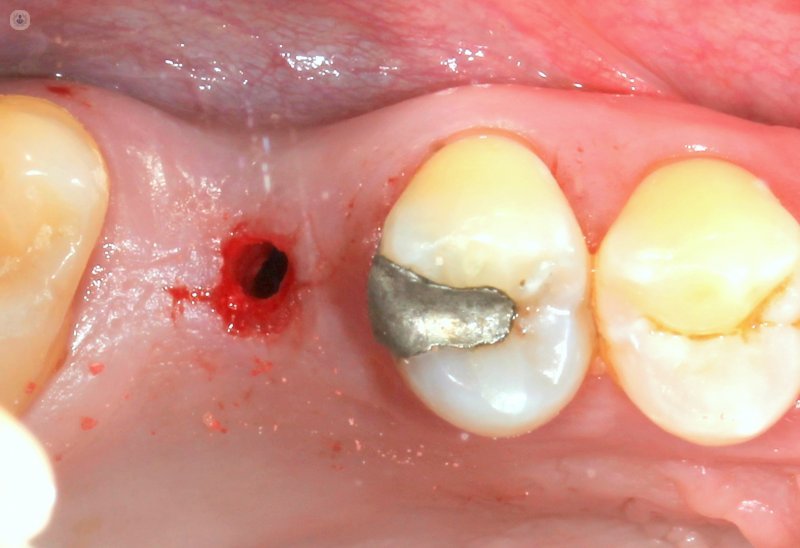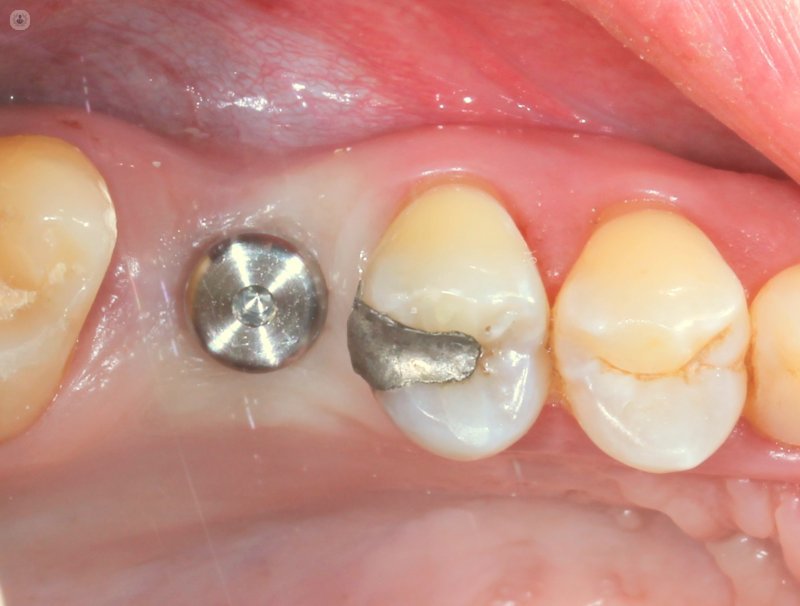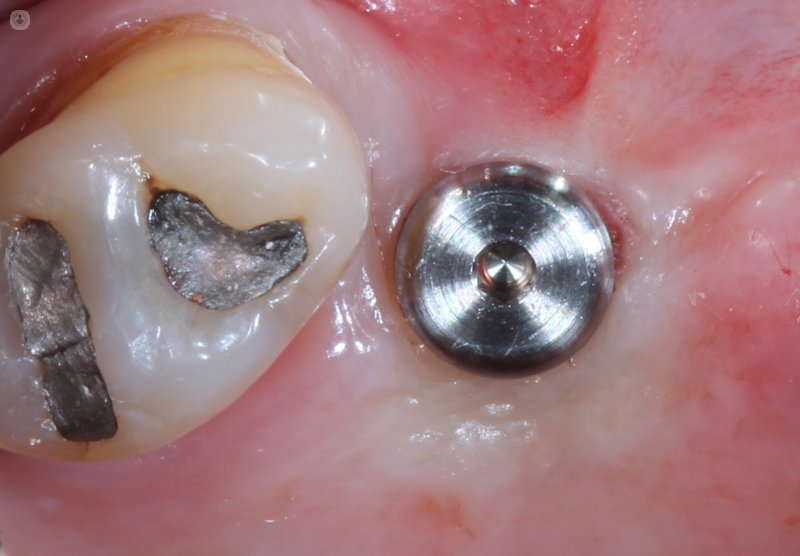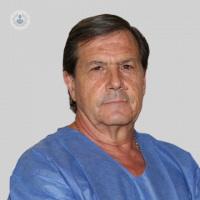What is the elevation of maxillary sinus floor?
Written by:The elevation of maxillary sinus floor consists of an oral surgery in which bone graft is placed in the posterior superior level usually maxillary molars to allow putting implants where before you could not for lack of bone.
It is grafted biomaterial, mixed or not with own bone of the patient, between the floor of the maxillary and sinus membrane (membrane Schneider) which moves upwards in order to create space for the bone to regenerate and allow fixing the implants .
Techniques for lifting maxillary sinus floor
- (Lateral window technique Tatum) open technique side access
It is quite normal and predictable results technique.
Its drawbacks: more aggressive surgery, postoperative worse and increased morbidity (chance of complications).
- Crestal access technique Summers osteotomes
Also quite predictable and less aggressive.
It's uncomfortable for the patient by blows to be given to enter the breast.
Studies show some cases of posterior BPPV, caused by damage to the inner ear due to blows with instruments to break the sinus floor.
- Transalveolar access technique using minimally invasive surgery
Also quite predictable and more comfortable for the patient.
Case 1:
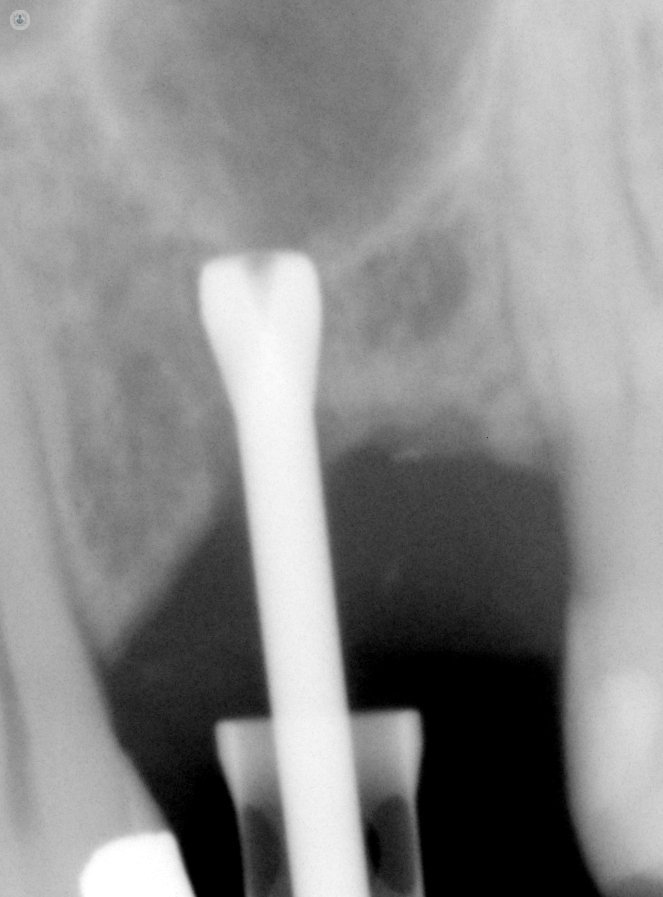
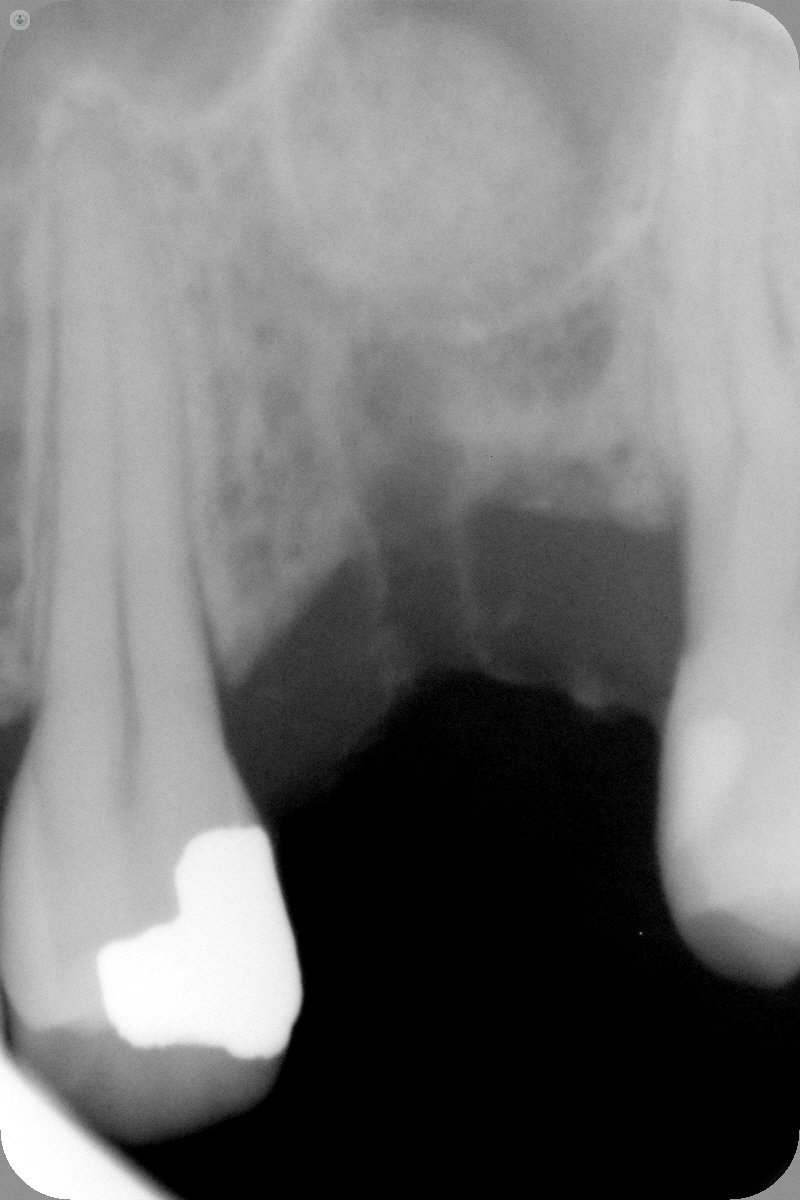
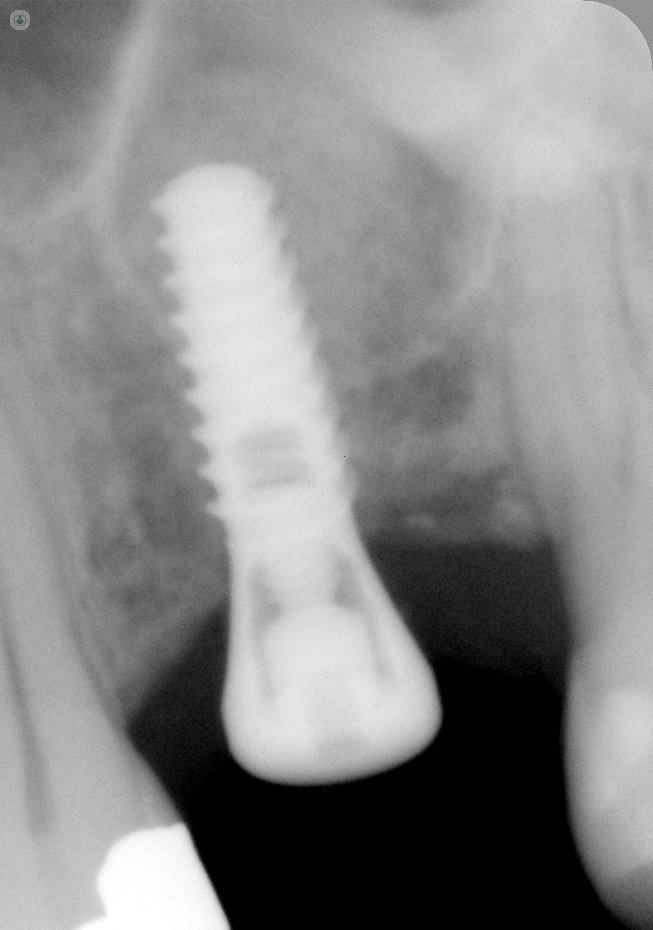
Transalveolar minimally invasive surgery technique
Transalveolar minimally invasive surgical technique is a modification of the technique Summers, replacing shock strawberries osteotome by special order to puncture the maxillary sinus floor without breaking the membrane Schneider.
It is conducted if indicated, without incisions or detachment of the mucosa, thereby preventing subsequent stitches.
Through the gum the remaining bone is drilled with different strawberries specially designed to enter the maxillary sinus respecting the integrity of the membrane Schneider. Once inside the heart, we introduced by graft biomaterial orifice and carefully pushed into the breast lifting without perforating the membrane.
Radiographic controls check the integrity of the membrane and the amount of biomaterial necessary for the proper resolution of the case and finally insert the implant.
Advantages and disadvantages of transalveolar minimally invasive surgery technique
It is a little aggressive intervention (often with no stitches), excellent postoperative period, reduced incidence of complications and high chance of success.
All this enables this technique alternative to the more complex procedures to both patient and surgeon.
Of course, it requires proper training, skill and experience by the specialist who performs it .
Complications of elevated sinus floor
There may be a sinus membrane perforation during osteotomy by rotary instruments or during lifting of the membrane with graft biomaterial and compactors. This risk is also common in the other techniques.
A drilling Shcneider membrane allow migration of the graft and bacterial contamination thereof with the risk of subsequent infection and suppuration in the maxillary sinus cavity.
Case 2:
